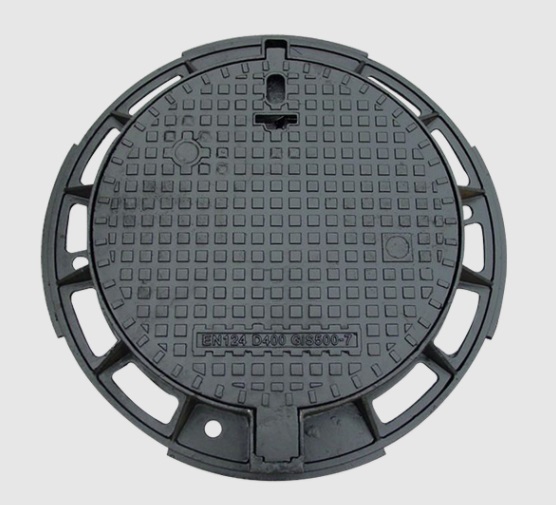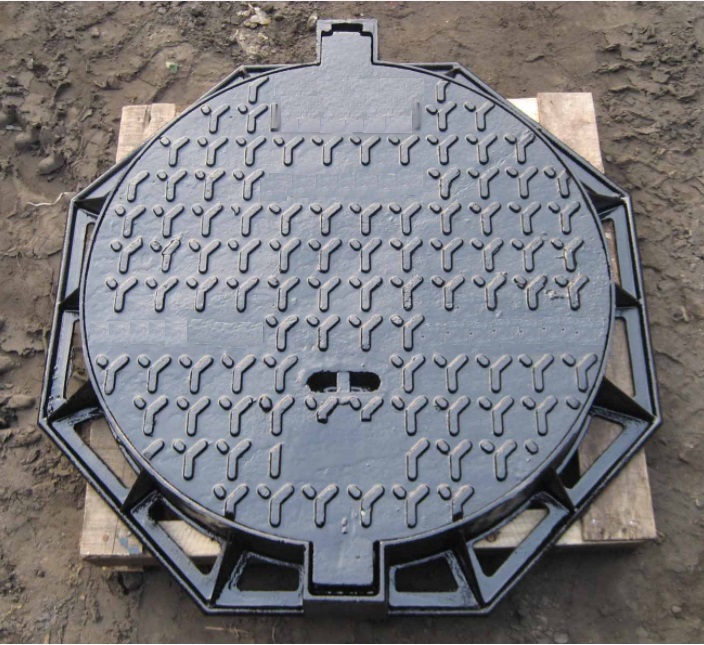With the progress of society, people are increasingly demanding higher levels of fine print in newspapers, and the high degree of consistency of high-definition and print quality is the basic requirement for people's printed matter. The color and level of printed materials are also becoming more and more abundant. . Color measurement instruments are widely used in the printing industry as a commonly used offline quality inspection tool for print quality.
There are three main types of color measuring instruments: densitometers, spectrophotometers, and image analysis meters.
Density meter
Densitometer is the main color measurement instrument in color separation, plate making and printing. This measurement method has always been the most commonly used way of objectively evaluating quality in the printing industry. After the appearance of the densitometer, it was evaluated by the characteristics of cheap, simple, and high-efficiency, and it was quickly popularized by the public. Its application played a significant role in promoting the development of printing technology, and realized the data quality control of printing. High-fidelity printing
At present, there are many kinds and types of density meters manufactured abroad. In general, the first letter of the densimeter model indicates the nature and characteristics of the densitometer. For example, T stands for transmission, R stands for reflection publication dynamics, O stands for halftone area meter, TR stands for transmission and reflection dual density meter, OT stands for dot area transmission densitometer, TD stands for transmission densitometer, and RD stands for reflection densitometer. Domestic densitometer models are generally the following two: one for the CMF drupa, on behalf of the color reflection densitometer; the other is CMT, on behalf of the transmission densitometer. The Arabic numbers following the densitometer model are the serial numbers of the densitometer.
(1) Reflectance Density Meter
Reflective densitometer is mainly used to measure and calculate the density of reflective originals, proofing and print proofs of various colors of solid density, dot area, dot gain, overprint, print relative contrast and color tone deviation, and the three major characteristics of ink (ie color Partial, grayscale, color efficiency). Lithography
The working principle of the reflection densitometer is to convert the intensity of the reflected light into a close-up change that is close to human vision through a mathematical method, and to express the cosmetic package by numerical values, that is, the measured density value. Densitometers measure the dots by measuring the dot density and the same-color field density, and then according to the Marie-Davis formula. Reflective densitometers must be calibrated before use.
(2) Transmission Densitometer
The transmission densitometer measures the transmittance, which is consistent with other color measurement systems (eg, spectrophotometers). One of the important differences compared to other transmittance measuring devices is that it can directly calculate the density value (negative logarithm of the transmittance). In practice, it is often confusing what "measurement" is and what is "displayed," but this is the difference between a transmission densitometer and other transmittance measurement devices. Most transmission densitometers can also calculate other types of data.
(3) The composition of the density meter
Densitometer has three basic components: lighting system, acquisition light and measurement system, and signal processing system. The lighting system consists of lighting fixtures, lighting optics and power supplies for lighting. The light emitted by the light source is converted to conform to ANSI/ISO standard fonts, providing light of a certain color quality (for example, to balance red, green, and blue light). The color quality of this light source is very close to the color quality of the light emitted by a tungsten lamp without a color filter. The densitometer's lighting system is powered by a circuit that can control brightness or provide pulses to the luminaire to make each flash's light energy consistent. The collection light and measurement system consists of an optical receiver, an optical path for collecting light and a spectral filter. Spectrophotometric filters match the overall spectral sensitivity to certain standards. For example, the color filter set used before the densitometers for printing and publishing can achieve approximately the same color separation characteristics as those used in the printing process, and was later redefined by the ANSIIT2 committee. A standard called the T-state is produced, and each manufacturer designs the density meter manroland according to this standard, so that a plurality of density meters produced by a plurality of manufacturers can be better matched. The signal processing system is a system that calculates and displays the incident light and the received light energy electronic signal. This system may only be a simple ratio detector, it may also have a storage function, or it may calculate dot gain values ​​or other relative data such as printing relative contrast values. Washing supplies packaging
Through density metering, the press operator can effectively control the amount of ink supplied. The measurement area of ​​the densitometer is usually a measurement strip placed at the mouth or at the tip of the printed sheet, not the printed text area. The test strips usually have solid color patches and mesh patch blocks with different percentages of mesh points. In addition to solar chemistry, there are also differences between measurement and control strips produced by different suppliers.
Spectrophotometer
During the printing process, we will encounter problems that cannot be solved with densitometers, such as computer monitor color calibration and measurement, proofing, or color reproduction quality evaluation of printed products. People often use the colorimeter to do the color measurement of the same batch of same-color color blocks, and use the color of the same-color standard color block as the standard, measure the color difference of the same batch of same-color blocks, and control the color difference within the specified range. Wire processing to ensure that the same color on one proof sheet is in different ink areas, and that the color deviation of the same color in the same batch of products does not exceed the allowable range. Spectrophotometers measure and calculate the reflectance of light at each wavelength in the visible spectrum. The light of the visible spectrum is irradiated with the color surface at a certain step distance (5 nm, 10 nm, 20 nm), and the reflectance is measured point by point. By plotting the relationship between the reflectance of each wavelength of light and each wavelength, the spectrophotometric curve of the surface of the measured color can be obtained. Each spectrophotometric curve expresses a unique color. The spectrophotometer can measure at any position on the entire print sheet, can measure the density values ​​of various inks at the same position at the same time, and convert these density values ​​into dot percentages, and then compare with the standard value, then you can pass it. The error value adjusts the printed matter accordingly. Spectrophotometers are also widely used in prepress and color management, and are a flexible and ideal color measurement instrument. Divide
3. Image analysis measuring instrument packaging security
The image analysis measuring instrument adopts the CCD technology to perform image acquisition on the halftone image dot area. The image analysis method is the same as that of the dot measurement instrument. Akiyama International does not have a correction problem. The image analysis meter can measure films, plates and proofs, and is currently widely used in film and plate measurement. The results of the image analysis meter measurements can be stored for later analysis and comparison. The image analysis measuring instrument can also artificially select the measurement area through a random display screen, effectively avoiding measurement errors.
Round Ductile Manhole Cover is made of ductile; mainly both the cover and frame is in round condition, we make the manhole cover on BS EN124, Mainly our products are A15, B125, C250 and D400, sometimes also make it E600 and F900 in case of need. For A15, B125, C250 and D400 ductile manhole covers to be used in Green belt, Pavement, Auxiliary road, Main road and Express way. We make ductile manhole covers all by producing line, the quality is very good, and we warmly welcome customers all over the world to do business with us.


Ductile round manhole covers, Ductile round manhole covers D400, Ductile round manhole covers opening 600.
Zhoushan Runchun Import & Export Co., Ltd. , https://www.en124casting.com
